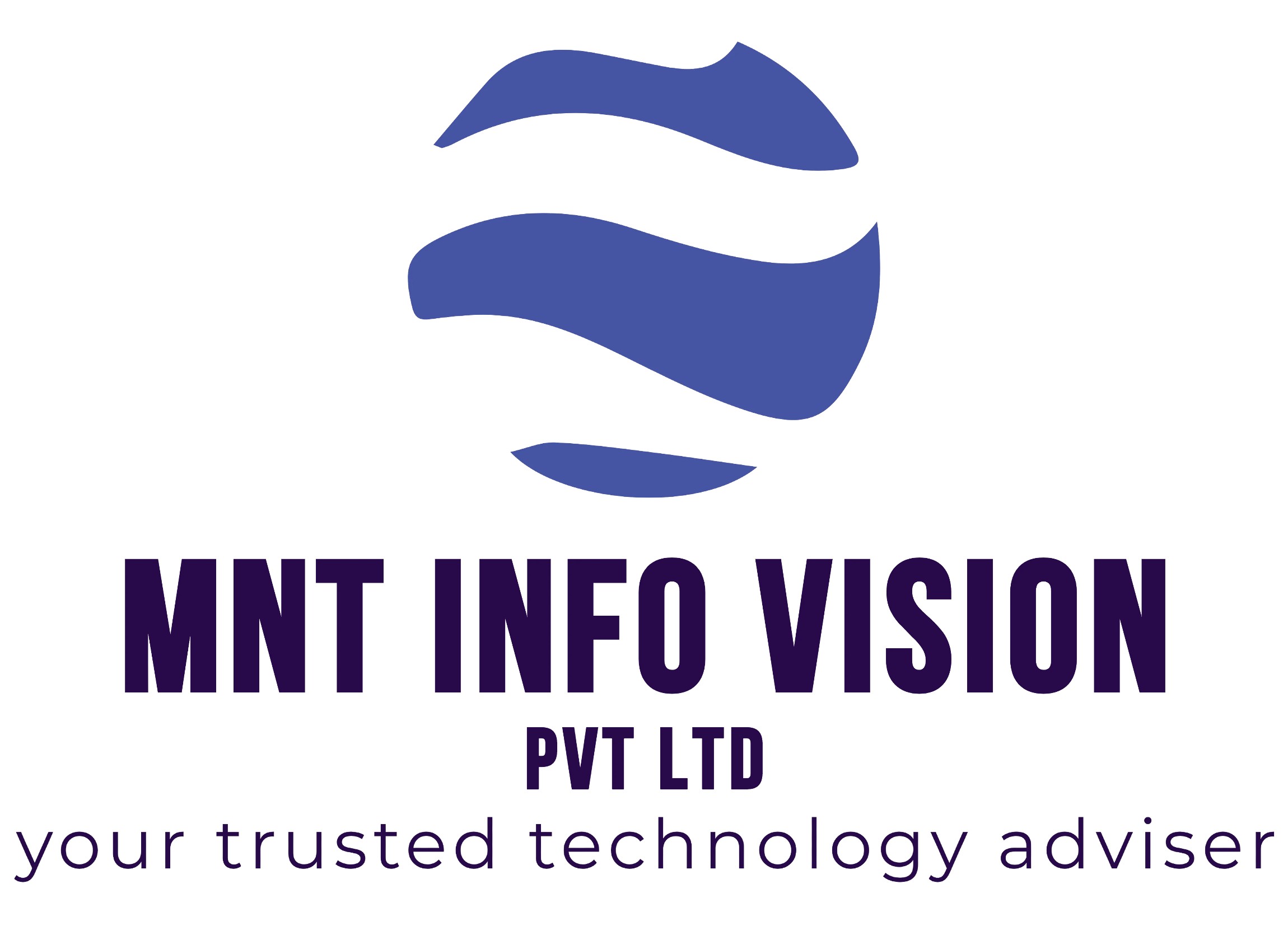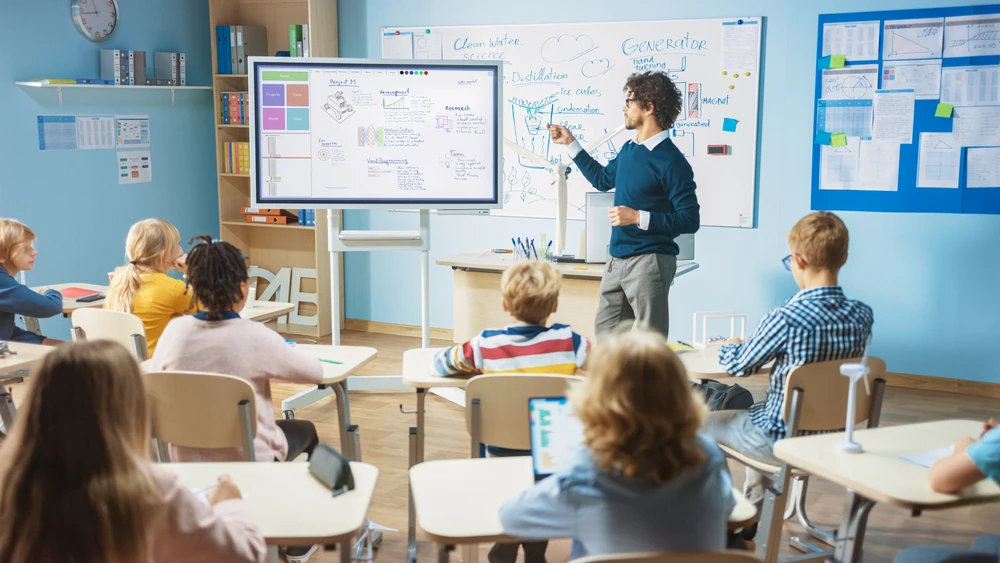The effects of COVID-19 have accelerated the acceptance of technology in education at a fast pace over the last year. Online courses, distant learning, and digital examinations have infused the education space and changed the way instructors teach and learners know.
This has been a fantastic opportunity for schools to investigate how technology can be incorporated into the educational experience. The use of virtual classrooms to produce lessons is one of the most significant changes brought about by the pandemic.
Virtual courses are taught using unified communications innovation and go beyond the traditional limits of classrooms. One trainer can instruct a vastly greater batch of students simultaneously, enabling an economy of scale and potentially lower tuition for students.
Other digital tools, such as online assignment grading and test-taking, significantly reduce the number of time educators spend on mundane tasks and allow them to devote their time to much more productive tasks, such as lesson planning and answering student questions, rather than determining problem areas for every student.
As a result of the emergence of technology, the learning environment is changing. Students now have more opportunities than they could have suspected. Back in the day, Students only studied in a classroom. People nowadays only need a computer and an internet connection. They study whenever they want, whether at residence or in a tea shop. As a student’s skills, understanding, and needs change, so does the teacher’s role.
Technology is a powerful tool that helps and invests in education in various ways, such as making it easier for teachers to improve instructional materials and allowing people to learn and work collaboratively in new ways.
6 Methods Digital technology is transforming the face of education
AR/VR Technology
Virtual reality (VR) and augmented reality (AR) are comparatively recent technological advancements that add a new dimension to the classroom. For a digital marketing agency in Ahmedabad, Gujarat, India. Students can view remote regions and encounter ancient cultures or dinosaurs by wearing VR headgear. This is an excellent supplement to the learning process, as it allows for close encounters that would not be possible in real life.
Augmented reality is for educators that can provide educational services to their students. There are many apps available that are specifically designed for education and target various parts required by students and teachers. For example, 3D arts criteria apps are available to teach visual arts. Visual representation makes teaching more accessible and more understandable.
Augmented reality assists teachers in improving their learning outcomes by increasing engagement and interactive content between educators and students. managed IT network solution provider in Ahmedabad, Gujarat, India. AR has become a necessity for educators, as it is cost-effective, easy to use, and effective.
Big Data
Trying to promote the digital transformation journey in schools entails providing students with the benefits of customization and developing big-data-driven curriculums to structure their future. Special programs can now recommend which courses a learner should take based on his previously completed courses, scores, and aptitude.
These processes use big data to suggest courses that will pique students’ interests while also advising them on the likelihood of achieving good final results. The ability to tailor learning to each student makes teaching more accessible: Special needs are diagnosed more quickly, and progress is accelerated.
Artificial Intelligence
Artificial intelligence (AI) has streamlined educator tasks by automating activities such as grading and providing feedback to students. Teachers have begun to recognize the potential of artificial intelligence and how its use can transform the entire educational system. Cloud computing is another technology that educational institutes have adopted, which has aided everyone’s path to advanced-tech learning. Thanks to educational platforms ‘ cloud servers, students can now easily access advanced information. The digital world’s new standard has made utilizing technology a foundational part of life.
Cloud Technology
Cloud computing in college benefits students, teachers, and administrators all simultaneously. Cloud computing enables students to access homework from any location with an internet connection. Teachers can instantly upload learning materials, and administrators can easily collaborate while saving money on data storage.
Cloud computing, widely used in businesses, is also an essential component of the educational process. Cloud technologies make education a simple and enjoyable experience for everyone involved in the learning process. Students, professors, and teachers can now appreciate the convenience and accessibility of cloud-based education.
Data Analytics
Because of the rapid adoption of high-tech in the educational system, learning data is becoming increasingly important in driving decisions and making decision-making procedures easier. As it becomes increasingly important to assess and assess student engagement, traction, and learning output, the massive volume of education information and data gives birth to learning analytics. We can expect to see learning analytics notification teachers about specific concerns, students about deadlines and their progress, and so on shortly. Learning systems will eventually dictate how teachers’ and students’ education are delivered and experienced. More than anything else, learning analytics will increase learner engagement in education.
Video Conference Technology
Over the last few years, video conferencing has grown in popularity in business and education. This rapidly evolving technology not only allows people to connect in real time via audio and video, but it also facilitates the live sharing of documents and files over the internet. Through direct video streaming, many educators have used this technology to teach and share life experiences with students.
This allows teachers and students in different locations to connect at the same time without the need for both parties to be physically present. However, video conferencing has its own set of challenges and drawbacks. The advantages of Video Conferencing Software and Meeting Solutions are numerous, but their drawbacks may be sufficient to dissatisfy users who rely on them on a daily basis.
Conclusion
Learning methods are constantly evolving, with an increasing reliance on modern technology. This improves communication, makes it easier to obtain information, and makes it a lot easier to describe the subject matter. These are just a few examples of how technology is used in education today.
The future is becoming increasingly digital, which is altering how education is facilitated, conducted, and presented in the classroom. Technology can motivate us to find breakthroughs in educational innovation, but digitization is not a conclusion in itself. We create technology to solve important problems for teachers, students, researchers, and the support systems that surround them.
We explore how technologies and media can transform, enhance, and promote learning as we look to the future of digital learning. We suggest the best technology by researching and developing working prototypes to support a wide range of learning approaches, such as alliance, responsive, hybrid blended, or game-based learning. We assess the benefits and drawbacks of various digital tools for teaching in terms of academic achievement and develop ideas for educators, students, and experts.
Contact us today!

